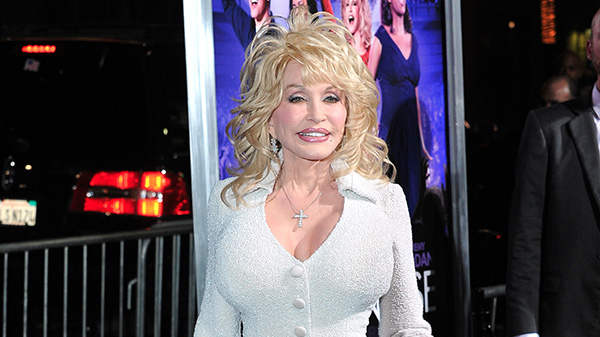Musician Danny O’Donoghue explained how he ended up in the hospital after a six-hour champagne binge with Sir Tom Jones.
Sir Tom and Danny, who is the lead singer of Irish group The Script, were among the first judges on The Voice TV show in 2012 along with Jessie J and Will.i.am.
O’Donoghue mentioned he had a hard time keeping pace with Sir Tom despite being 40 years younger as the Welsh legend is soon to reach 84 years old.
He reached home, went to sleep, and when he woke up, he noticed his heart was beating irregularly.
In an interview with BBC Radio Wales, O’Donoghue revealed that the drunken gathering lasted all night.
He remembered: “It happened following a performance on The Voice, while we were at the Lowry hotel in Manchester. We went out for drinks that evening, and he shared anecdotes about Elvis and the Rat Pack. Whenever the champagne reached a certain level, he would snap his fingers to request another bottle.”
He stated that you must stay at the table until all the champagne is finished. And it simply refused to quit.
We were likely there for about six hours, from midnight to six in the morning.
“I distinctly recall wondering why there was so much clanging noise while they were setting up breakfast items in the morning.”
Upon getting into bed and waking up, he sensed that something was amiss.
Not knowing what was happening, I decided to visit the hospital due to developing atrial fibrillation after consuming only champagne for six hours.
He mentioned that he had missed a couple of days of recording for The Voice.
“It was my responsibility as I should have quit drinking much sooner.”
A 2018 Lancet study, conducted worldwide, reconfirmed earlier findings that no amount of alcohol consumption is considered safe.
Danny said Sir Tom, who is from the town of Pontypridd in south Wales, is a “great guy”.
I’m not trying to make him sound old, but he comes from the same time as my dad, and he’s a manly man who was raised in the coal mines, enjoys music, and liked to drink.
“Such an incredible career that man has had.”
“And just like every other Welsh person, they have a down-to-earth nature that makes it easy to overlook Tom’s enormous fame and legend. However, he has a way of making you feel special. I truly enjoyed my time with him.”
After accumulating 10 billion streams, selling 12 million albums, achieving six UK number 1 albums, The Script makes a comeback with a new single Both Ways from their new album Satellites, which was released in August.
After a short illness, the band’s co-founder and guitarist Mark Sheehan passed away in April of last year.
O’Donoghue expressed that creating music served as a form of emotional release following “the most difficult year of our lives following Mark’s passing”.
We are transitioning to a new year and leaving behind the dark period, moving away from grief and choosing to be hopeful about the upcoming year.
The sadness and mourning will always be present, but we are eager to begin celebrating and getting back to work to honor our long-standing goals.
The 43-year-old vocalist confessed that he found it difficult to deal with his bandmate’s passing.
I was in that pit all last year and I required help getting out of it. My friends, family, and music were the ones who extended a hand, reached into that dark pit, and pulled me out.
The band now wishes to commemorate his life, and O’Donoghue mentioned that even though he is no longer present, he continues to greatly impact their music.
“He frequently lashed the standards with the whip.”
“He was clearly a brilliant songwriter and talented musician and whenever I complete a song, I often wonder, ‘What would his opinion on it be?'” Ninety percent of the time, it’s not satisfactory.
He had very high expectations and he desired us to be not just a band, but a band that others admired. It wasn’t just about having good lyrics, but also great music and impeccable singing.
“Everything remains intact, without exception, he continues to be present, the criteria remain unchanged.
Playing his guitar frequently helps me feel a stronger connection to him, so he is definitely contributing to the album.




































